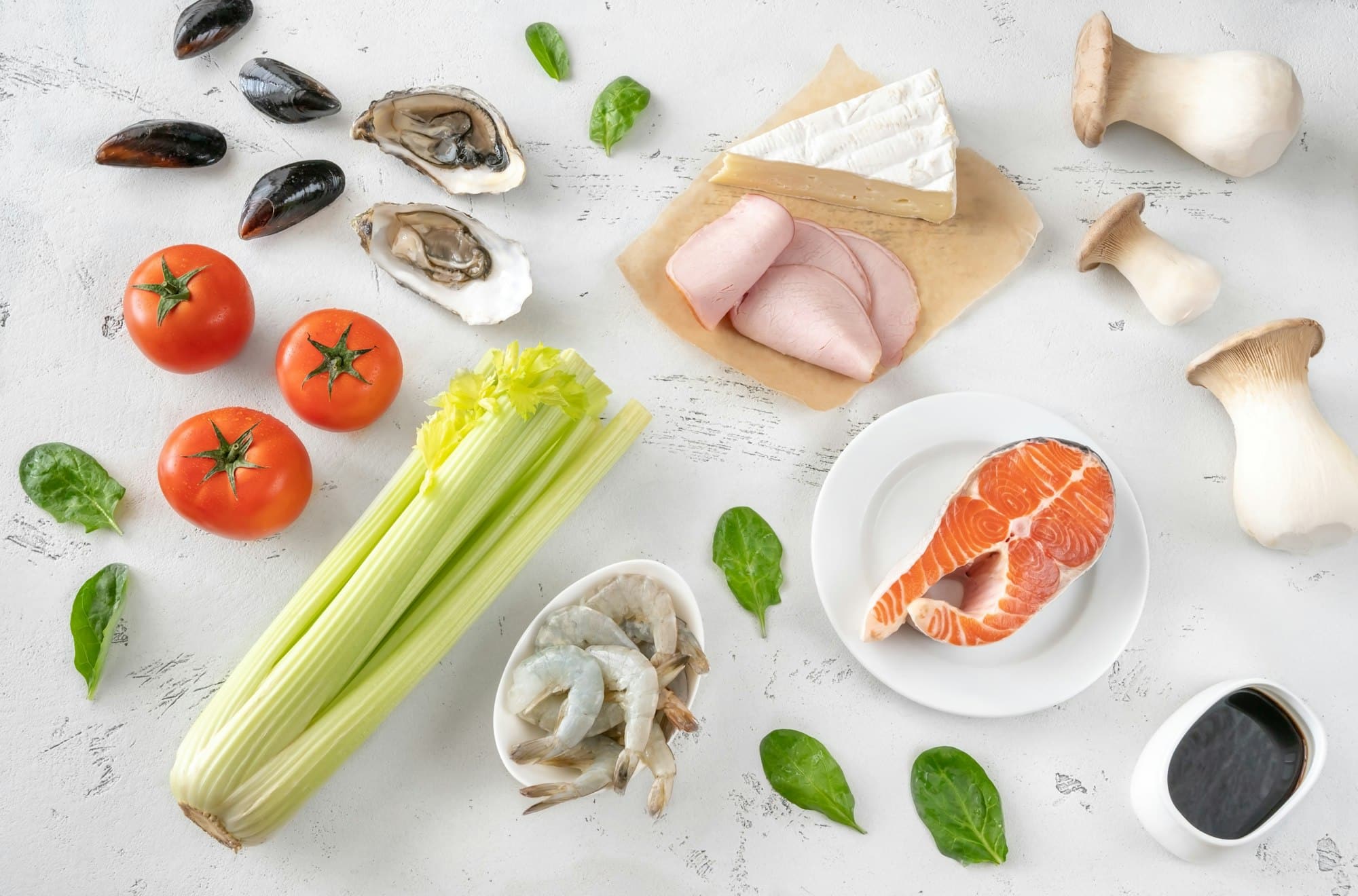How to Create Complex Flavor Profiles in Vegan Dishes Using Umami-Rich Ingredients?

Hello, culinary enthusiasts! Have you ever wondered how to enhance your vegan dishes’ flavor profiles using umami-rich ingredients? Whether you are a seasoned vegan chef or a home cook looking to experiment with plant-based foods, this article provides detailed insights on integrating this elusive fifth taste into your cooking. By the end of this read, you’ll be armed with a wealth of knowledge to create mouth-watering, umami-packed vegan dishes that will have everyone asking for seconds. So, let’s dive right in!
Exploring the World of Umami
Umami, a Japanese term, translates to "pleasant savory taste". Often termed the fifth taste, umami joins the ranks of sweet, salty, sour, and bitter. It was scientifically identified in the early 20th century by Kikunae Ikeda, a Japanese chemist, but has been integral to various cuisines for centuries.
Have you seen this : How Can Sous Vide Cooking Transform Your Home-Cooked Seafood Dishes?
Umami is unique. It’s not only a taste but also an enhancer, amplifying the flavors of other ingredients. It adds depth and complexity, creating multi-dimensional taste profiles that make dishes more satisfying.
But what does umami taste like? It’s a rich, meaty, broth-like flavor that lingers on your palate. It’s the satisfying depth in a bowl of ramen, the comforting richness in grandma’s tomato sauce, or the mouth-watering savoriness in a grilled steak. But guess what? You don’t need meat or dairy to experience umami. Several plant-based foods are umami powerhouses.
Also to discover : What’s the Key to Crafting Perfectly Emulsified Vinaigrettes for Every Salad?
Umami-Rich Vegan Ingredients
What can you add to your vegan dishes to get that umami kick? Thankfully, the plant kingdom is teeming with umami-rich foods. You simply need to know where to look.
Mushrooms: Mushrooms, especially shiitake and porcini, are umami bombs. They contain guanylate, a type of nucleotide, which gives them their savory taste. You can use them fresh or dried in a variety of dishes. A mushroom sauce over pasta or a mushroom-based stew can bring a hearty umami hit to your meal.
Tomatoes: Tomatoes are rich in glutamate, another type of nucleotide responsible for the umami taste. Sun-dried tomatoes, tomato paste, or slow-cooked tomato-based sauces can add a satisfying depth to your dishes.
Soy products: Soy sauce, miso, and tamari are fermented foods that are umami goldmines. They work well as marinades, in stir-frys, soups, and sauces.
Seaweeds: Seaweeds like kombu and nori are packed with umami flavor. They’re perfect for making broths or adding to salads and stir-frys.
Nutritional yeast: This deactivated yeast is a vegan favorite. It has a nutty, cheesy flavor and is perfect for sprinkling over pasta, popcorn, or using in sauces.
Cooking Techniques to Enhance Umami
Now that we have our arsenal of umami-rich vegan ingredients, it’s all about how we use them. The cooking techniques you employ can make a significant difference in bringing out the umami flavor in foods. Here are a few methods to try:
Roasting and Grilling: Cooking at high temperatures causes the Maillard reaction, a chemical reaction that creates a savory, meaty flavor. Try roasting or grilling your umami-rich vegetables for a taste boost.
Fermenting and Aging: Fermentation and aging processes break down proteins into amino acids, enhancing the umami flavor. That’s why fermented foods like soy sauce and miso are umami treasures.
Slow Cooking: Slow cooking methods like simmering, stewing, or braising help release the umami compounds in foods. A slow-cooked tomato sauce, for instance, is exponentially richer than a quickly sautéed one.
Umami-Packed Vegan Recipes to Try
Let’s move from theory to practice. Here are a couple of delicious, umami-rich vegan recipes you can whip up in your kitchen.
Umami Bomb Mushroom Burger: This recipe uses grilled portobello mushrooms as the burger patty. Marinate them in a mixture of soy sauce, garlic, and a touch of smoked paprika for added flavor. Top with caramelized onions and a sun-dried tomato pesto for an umami overload.
Nori-Wrapped Tofu with Miso Glaze: Wrap tofu slices in nori sheets and glaze with a mixture of miso paste, maple syrup, and tamari. Bake until crispy and serve with a side of sautéed greens. The umami from the nori and miso will make this dish a hit.
Vegan Parmesan with Nutritional Yeast: Blend nutritional yeast with cashews, garlic powder, and a pinch of salt. Sprinkle this vegan parmesan over pasta dishes or salads for an umami kick.
Delving into the world of umami is a game-changer for vegan cooking. It opens up a world of flavors and textures that make plant-based dishes just as satisfying as their meat or dairy counterparts. So go ahead, experiment with these ingredients and techniques, and watch your vegan dishes transform!
Green Tea: An Unexpected Source of Umami
The world of tea is vast and varied with a plethora of flavors to explore. However, few can match the unique umami taste of green tea, particularly matcha and gyokuro, both of which are teeming with glutamic acid, the compound responsible for umami flavor.
Matcha tea, a powdered form of green tea, is a staple in Japanese cuisine and often used in cooking and baking. On the other hand, gyokuro is a premium green tea known for its exquisite flavor profile. Both teas are shade-grown, a process that increases their chlorophyll and amino acid content, hence the intense umami taste. Enjoyed on their own, these teas offer a complex and satisfying flavor, but when used in cooking, they can provide an unexpected umami boost to your vegan dishes.
Incorporating matcha tea in your recipes can be an exciting and flavorful experience. Try adding a spoonful to your smoothies, desserts, or sauces. When baking, incorporate it into your dough for an umami-rich twist to your muffins, cookies, or bread. With gyokuro, infuse it in hot water and use this strongly flavored brew for cooking grains like rice or quinoa, or making soup broths.
Green tea not only enhances the umami taste in your food but also carries multiple health benefits. It’s rich in antioxidants, promotes heart health, aids in weight management, and improves brain function.
Conclusion: The Umami Adventure in Vegan Cooking
In essence, umami adds a complex, satisfying savoriness that can elevate your vegan dishes to a whole new level. From plant-based foods like tomatoes and mushrooms to soy products, seaweeds, nutritional yeast, and even green tea, there’s no shortage of umami-rich ingredients you can incorporate into your cooking.
Remember, it’s not just the ingredients but also the cooking methods that can significantly influence the umami flavor. Techniques such as roasting, grilling, fermenting, aging, and slow cooking can help intensify the umami taste and create multi-layered flavor profiles.
Ultimately, the beauty of umami lies in its versatility. Whether you’re whipping up an umami bomb mushroom burger or a soothing matcha-infused dessert, there’s endless room for creativity and experimentation. So don’t be afraid to explore and play around with different flavor combinations!
Cooking vegan food does not mean compromising on taste or satisfaction. By harnessing the power of umami, you can create rich, flavorful plant-based dishes that will captivate your taste buds and leave you craving for more. So, go ahead and take the plunge into the world of umami. Happy cooking, and enjoy your umami adventure!
